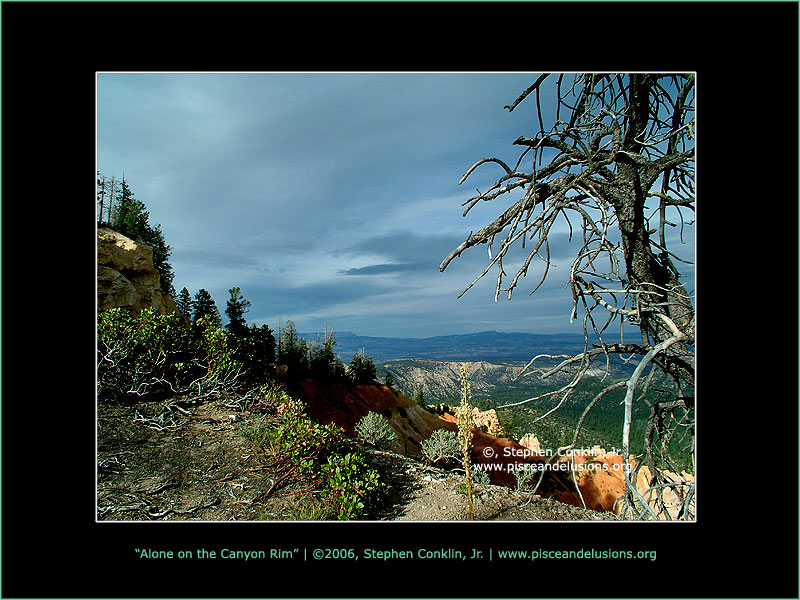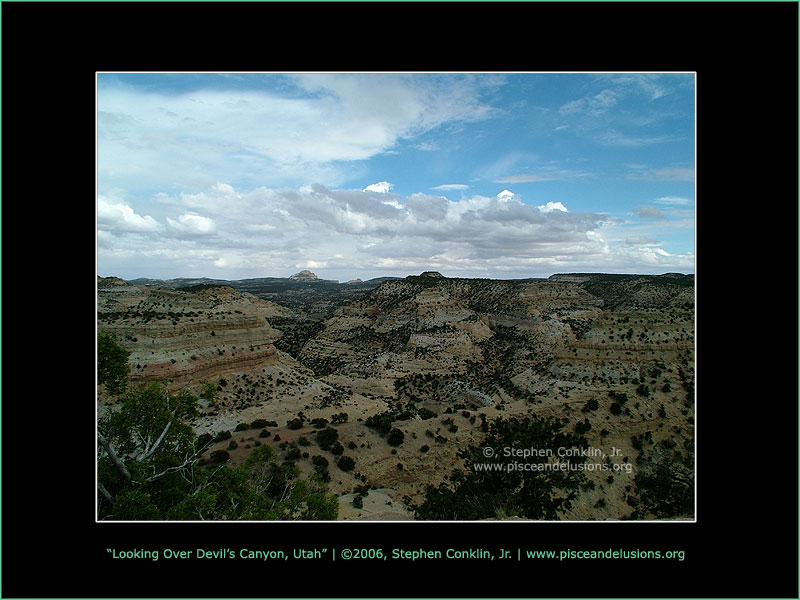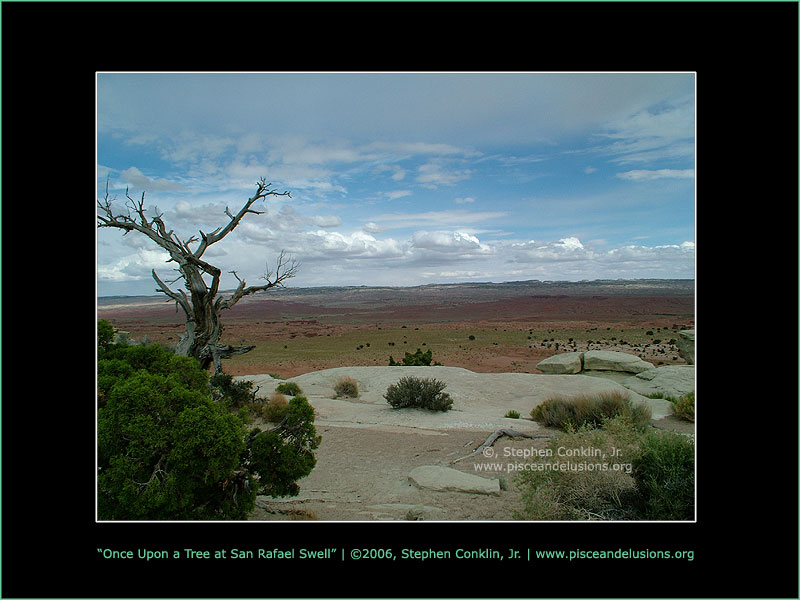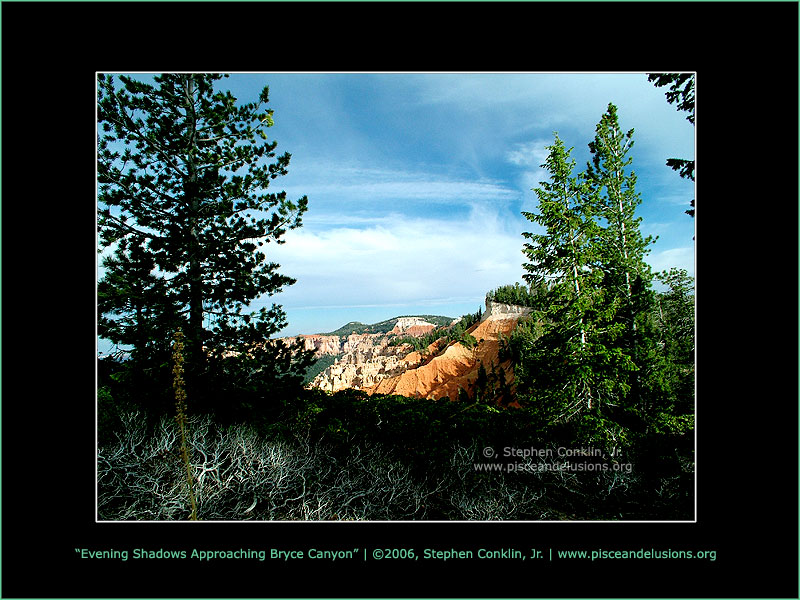
Interpretations - Sacred Knowledge - Native American Indians - Plains Culture
The Plains Indians The Plains Indians lived in the area of our country known as the Great Plains. This culture group of Indians is well-known for the importance of the buffalo, their religious ceremonies, the use of the tepee, and their war-path customs. Four important tribes in this culture include the Dakota, Cheyenne, Sioux, and Comanche. The buffalo was the most important natural resource of the Plains Indians. The Plains Indians were hunters. They hunted many kinds of animals, but it was the buffalo which provided them with all of their basic needs: food, clothing, and shelter. The Plains Indian Culture followed the buffalo migration-or movement of the buffalo. Because of the constant moving of the tribe, they needed a form of shelter that could be quickly and easily put together and taken down. They called this type of home the tepee. The tepee was made by leaning long poles together and covering them with buffalo hide. The long poles of the tepee were dragged behind the horse and used to carry the belongings of the Indians when they moved their village. This was called a travois. There were several ways to hunt the buffalo. One way was for Indians on horseback to ride into the herd on horseback and use bows and arrows to kill the buffalo. Another way was for a large group of Indians on horseback to chase the buffalo off a cliff. An unusual way some Indians hunted the buffalo was to sneak up on the buffalo with wolf skins covering their bodies, then killing them with bows and arrows. As soon as the hunt was over, the women and children would join the warriors to cut up the buffalo to bring back to camp. At this time it was considered a real treat to eat the heart, liver, kidneys, and brain while they were still warm. Powwows were one of the Plains Indian ceremonies. A powwow was a celebration or prayer to the Great Spirit. An important Plains ceremony was called the Sun Dance. The Sun Dance took place in the summer months. It was a ceremony of celebration. The Sun Dance lasted around four days. During this time dancers performed the same exact movements and had nothing to eat or drink. They lifted their eyes to the sun for as long as they could endure it. Some men would pierce their chests with wooden skewers. This was later outlawed because it was thought to be too cruel. Another important dance was the Ghost Dance. This was a dance performed nightly in which the Indians believed that they could speak to the gods and their ancestors. They also believed that this dance would help get their land back. "Son, I never want to see you live to be an old man. Die young on the battlefield." - Standing Bear The way for a Plains Indian warrior to earn respect was through battle. Warfare consisted of short raids by small groups to capture horses or kill enemies. A warrior who killed an enemy brought home his scalp to prove it. Warriors would trim their pants and shirts with scalps to show their success. "Counting coup" was an Indian expression that meant the Indian got close enough to his enemy to actually touch him with his hand or his special decorated stick. To be able to do this was considered a high honor. Indians would keep count of how many enemies they had killed by adding a feather to their headdresses or war bonnets. A war bonnet was a head piece worn by certain Indians. The feathers on it represented acts of bravery.
Sitting Bull was one of the most famous Indian Chiefs of the Plains Culture. He was a Sioux leader in the area that is now known as South Dakota. He lived from l83l-l890. During this time gold was discovered on the land that Sitting Bull's tribe lived on. The government tried to force the Sioux Indians to move off their land. Sitting Bull and his tribe would not peacefully move. In June, l876, a major battle occurred between Sitting Bull and U.S. soldiers led by George Custer. Custer's groups of soldiers had 260 men. Custer was told to wait for more soldiers to arrive. Instead of waiting, he decided to go forward with just the men he had. Sitting Bull's group of warriors numbered between 2,500 -4,000 men. The warriors surrounded Custer's soldiers and attacked. Custer and all of his soldiers were killed. This became known as the Battle of Little Bighorn. After this event, Sitting Bull was punished and forced to live on a reservation. Later in his life he caused more problems for the U.S. government and was finally arrested. While some of his Indian friends were trying to rescue him, Sitting Bull was shot and killed by U.S. soldiers.
"Alone on the Canyon Rim" | ©2006, Stephen Conklin, Jr. view larger size | order online
"Looking Over Devil's Canyon, Utah" | ©2006, Stephen Conklin, Jr. view larger size | order online
"Once Upon a Tree at San Rafael Swell" | ©2006, Stephen Conklin, Jr. view larger size | order online
"Evening Shadows Approaching Bryce Canyon" | ©2006, Stephen Conklin, Jr. view larger size | order online
|
||||||||||
©2002-2024, ~piscean ♓ delusions | page updated 10-8-2010, 1:41 pm |
| store |
art & design
|
| photo gallery |
| image gallery |
| video gallery |
| website gallery |
about pisces |
| pisces traits |
| pisces profile |
| pisces astrochart |
| pisces ruling house |
| pisces ruling planet |
| pisces quality |
| pisces element |
interpretations |
| sacred knowledge |
| mystical places |
| spiritual elements |
| further resources |
everything else |
| about this website |
| other website links |
| videogame break |
| guestbook |
| contact |






